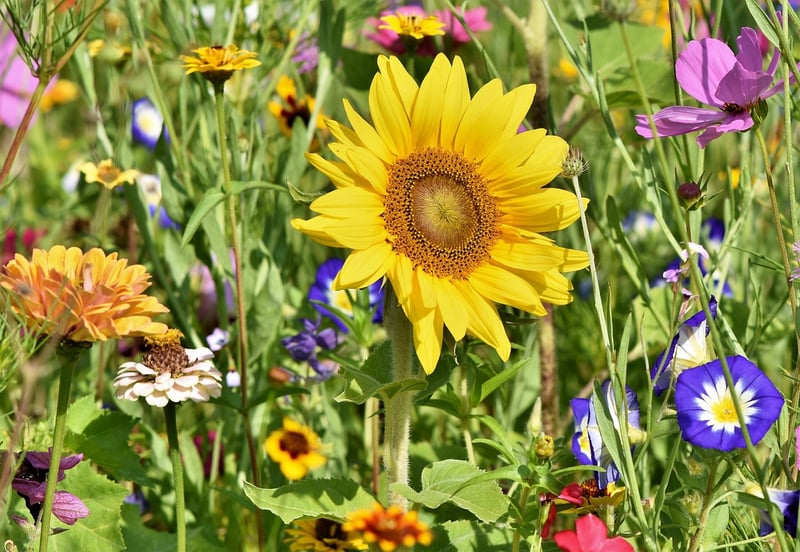Companion Planting
Expert Advice for Plants and Companion Planting
Welcome to our comprehensive guide on plants and companion planting! Whether you are a seasoned gardener or just starting, understanding how different plants interact with each other can significantly improve your garden's health and yield.
The Basics of Companion Planting
Companion planting involves growing different plants near each other to benefit one or both. Some plants repel pests, while others attract beneficial insects or improve soil quality. By strategically pairing plants, you can create a more balanced and thriving ecosystem in your garden.
Top Tips for Successful Companion Planting:
- Know Your Plants: Understand the growth habits, nutrient needs, and pest vulnerabilities of each plant you want to grow.
- Beneficial Pairings: Pair plants that complement each other, such as planting basil near tomatoes to improve flavor and repel pests.
- Avoid Negative Interactions: Some plants inhibit the growth of others. Keep incompatible plants separate to prevent competition for resources.
- Attract Beneficial Insects: Plant flowers like marigolds to attract pollinators and predatory insects that feed on garden pests.
Popular Companion Planting Combinations:
- Tomatoes and Basil: Basil helps improve the flavor of tomatoes and repels pests like aphids and mosquitoes.
- Carrots and Onions: Onions deter carrot flies, while carrots help break up the soil for onion growth.
- Cucumbers and Radishes: Radishes repel cucumber beetles, protecting cucumber plants from damage.
Expert Advice for Plant Care:
Aside from companion planting, here are some general tips to keep your plants healthy and thriving:
- Water plants deeply but infrequently to encourage deep root growth.
- Monitor for pests regularly and use natural remedies like neem oil or insecticidal soap when needed.
- Rotate crops yearly to prevent soil depletion and reduce the risk of disease buildup.
- Provide adequate sunlight, nutrients, and space for each plant to promote optimal growth.
Conclusion
By incorporating companion planting techniques and following expert advice for plant care, you can create a harmonious and productive garden that rewards you with healthy, vibrant plants. Experiment with different combinations, observe the results, and enjoy the benefits of a well-planned garden!

Remember, gardening is a learning process, so don't be afraid to try new methods and learn from your experiences. Happy gardening!
